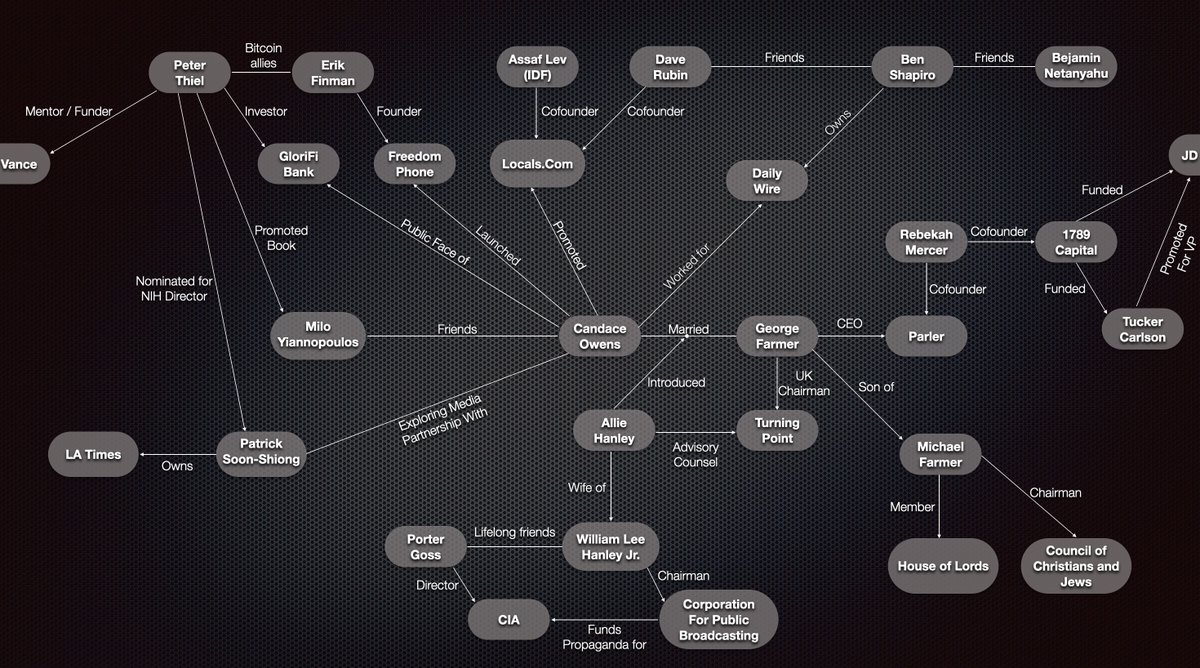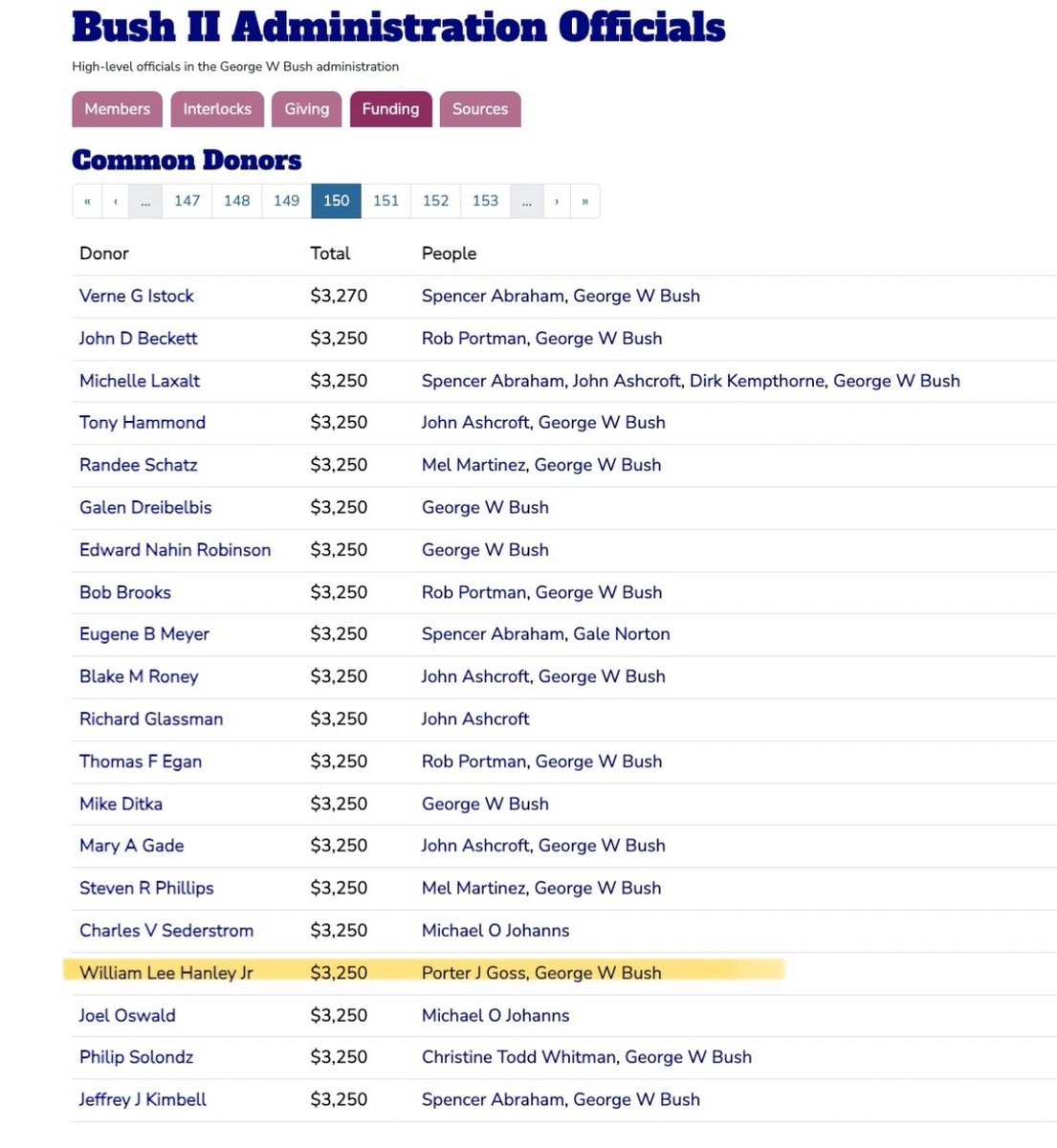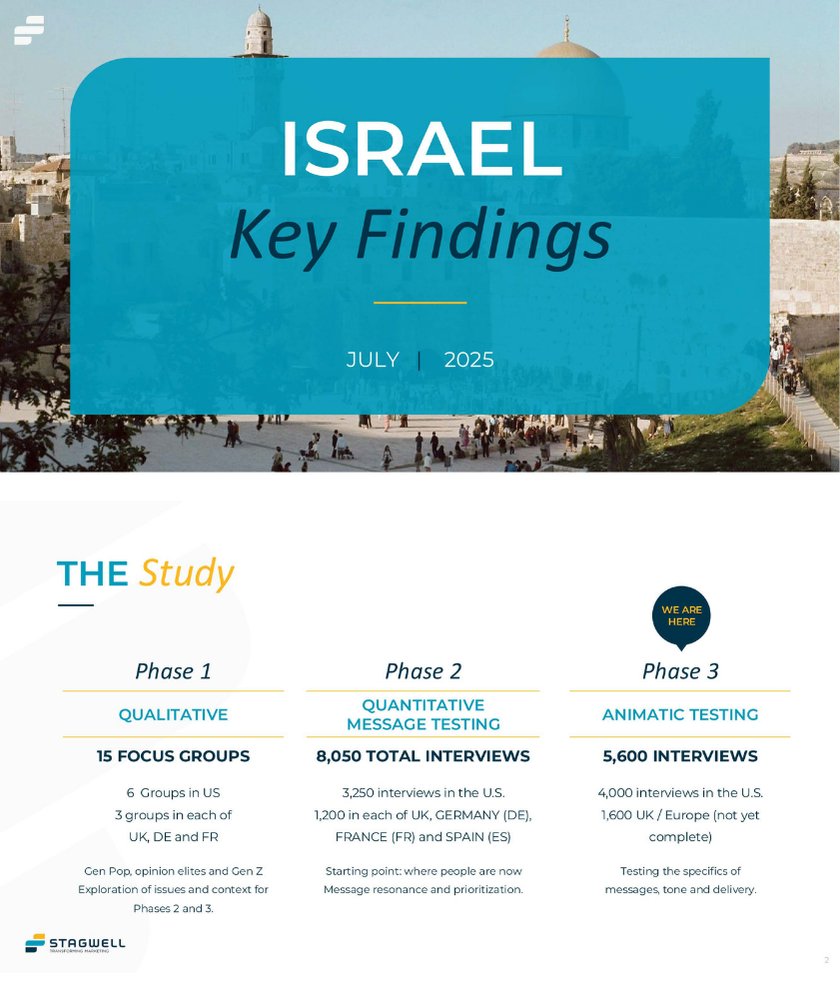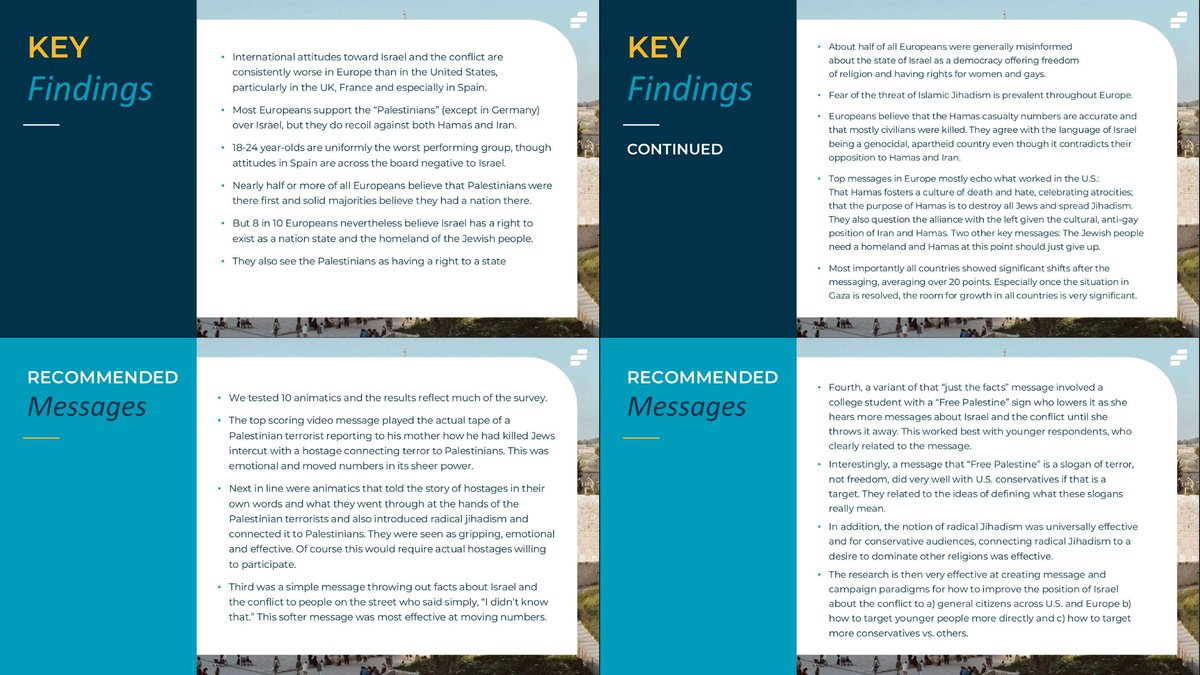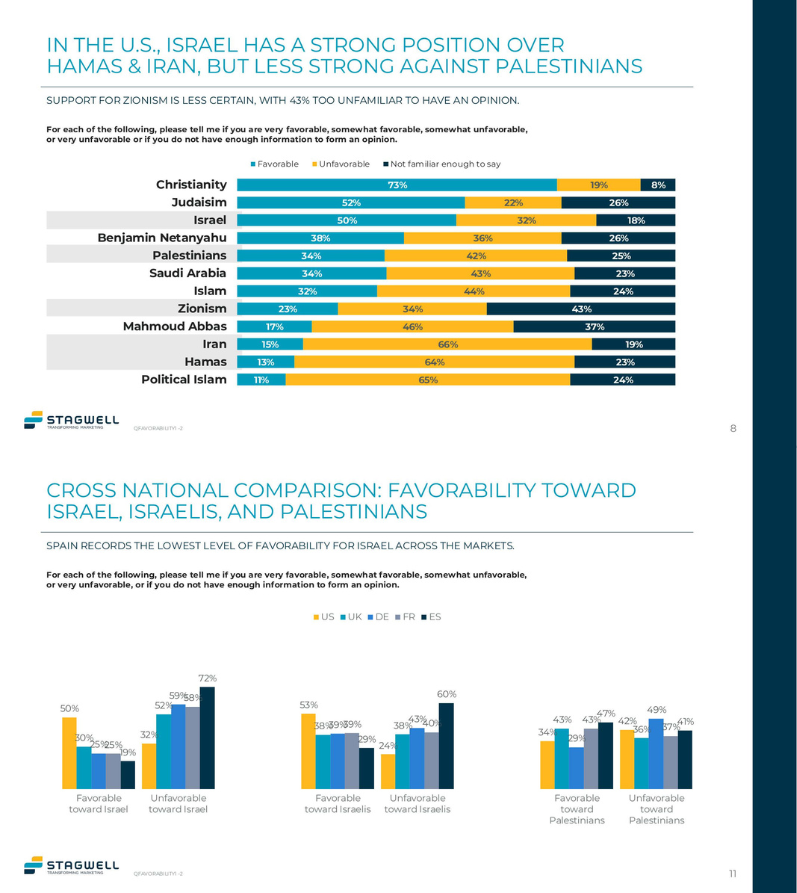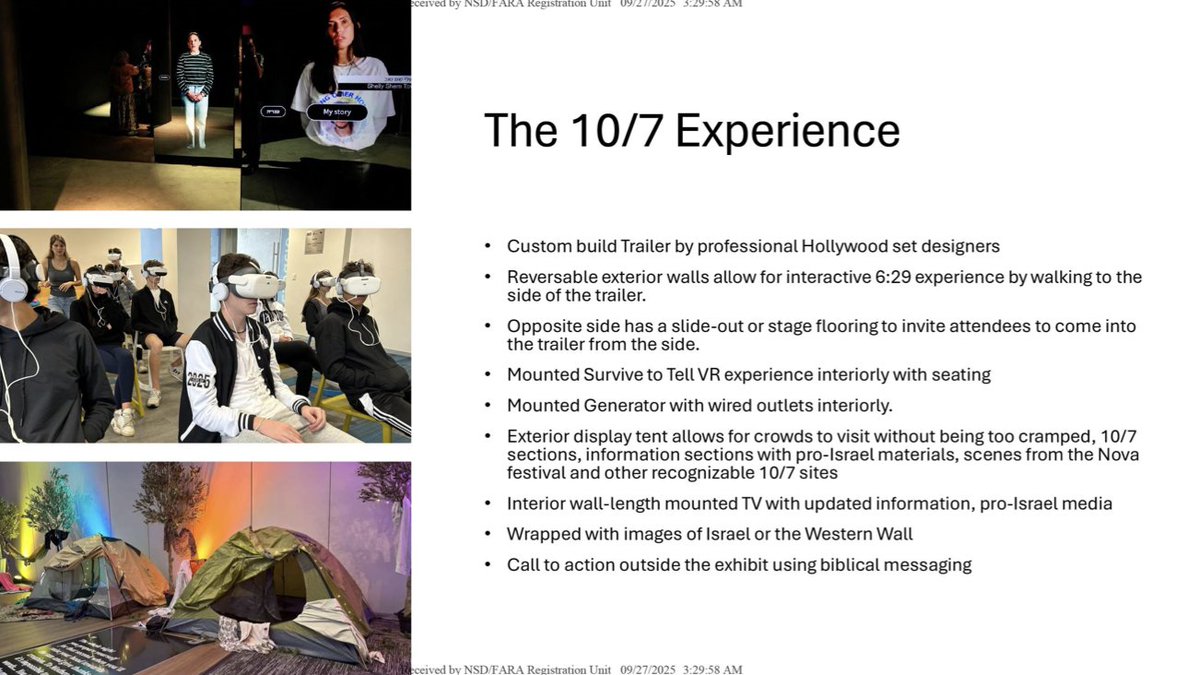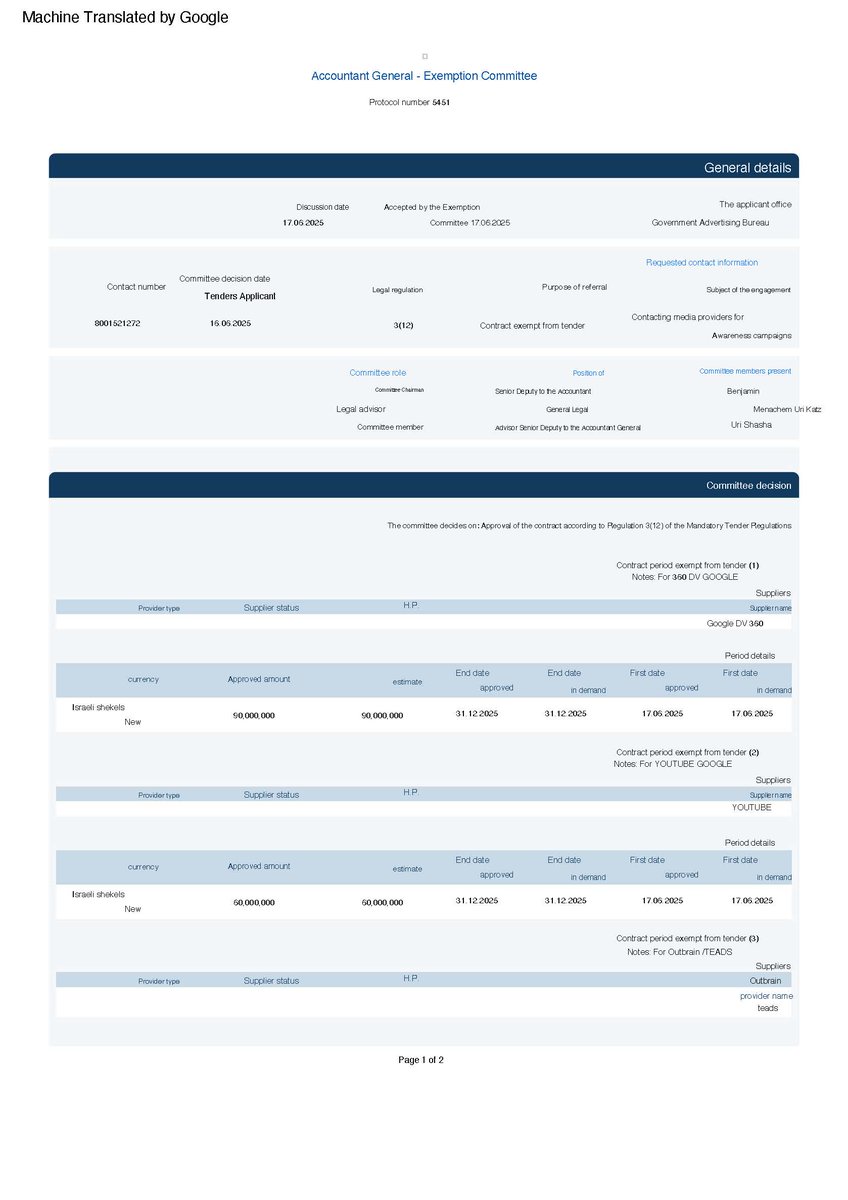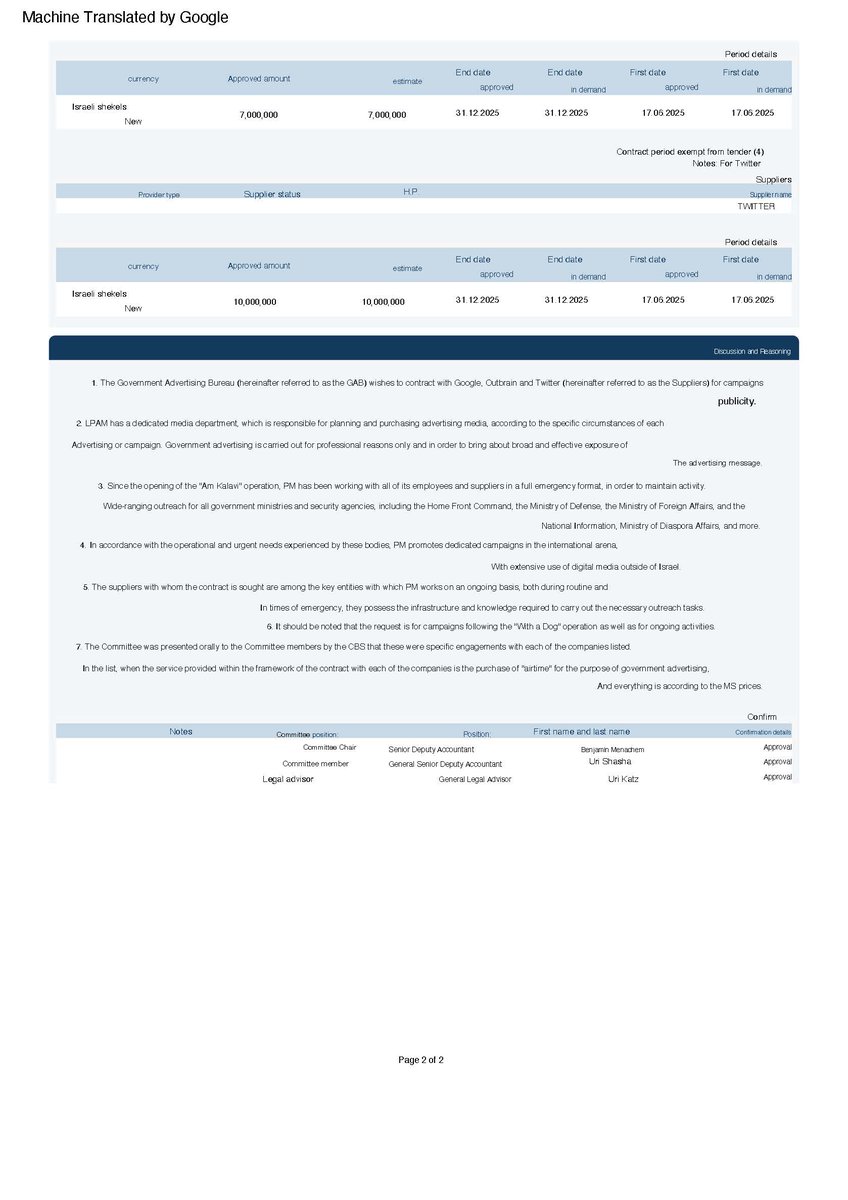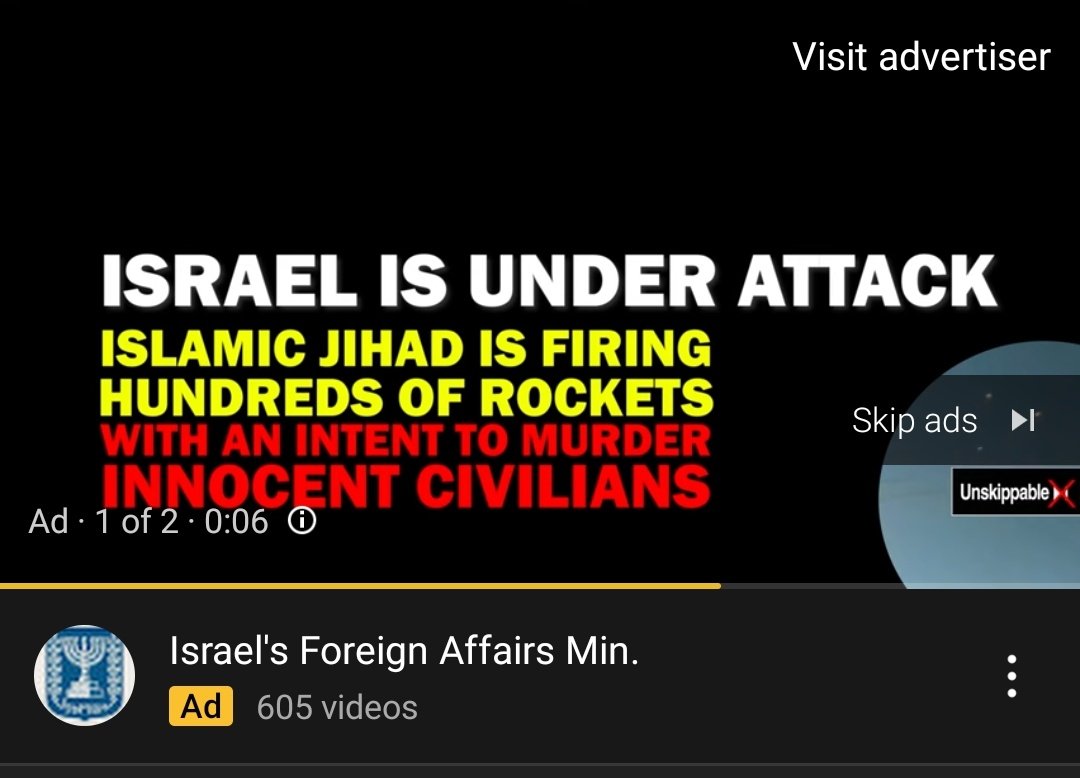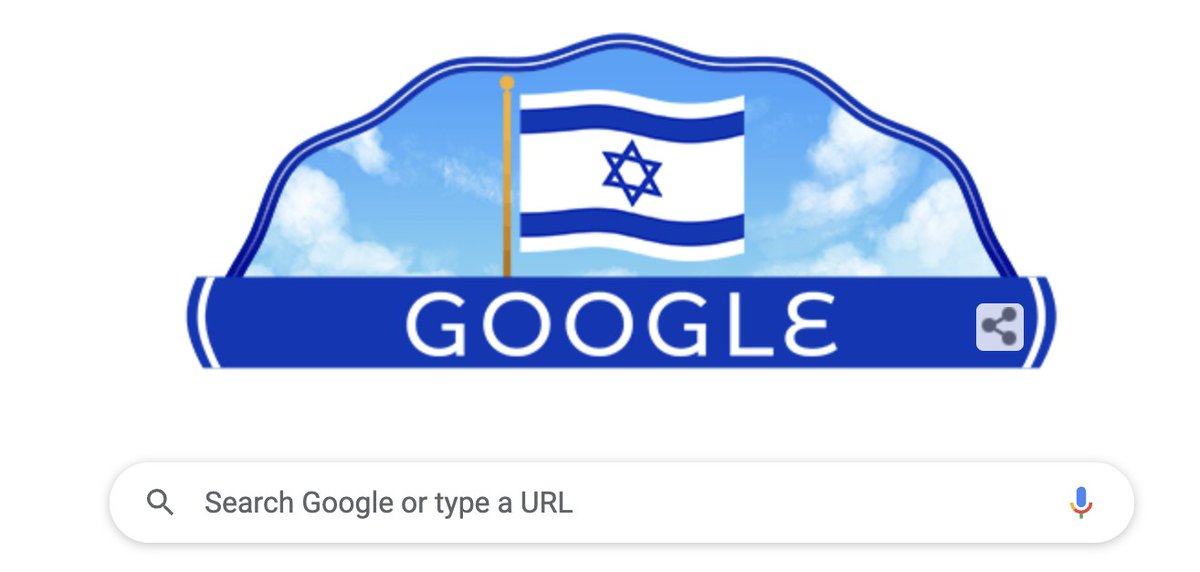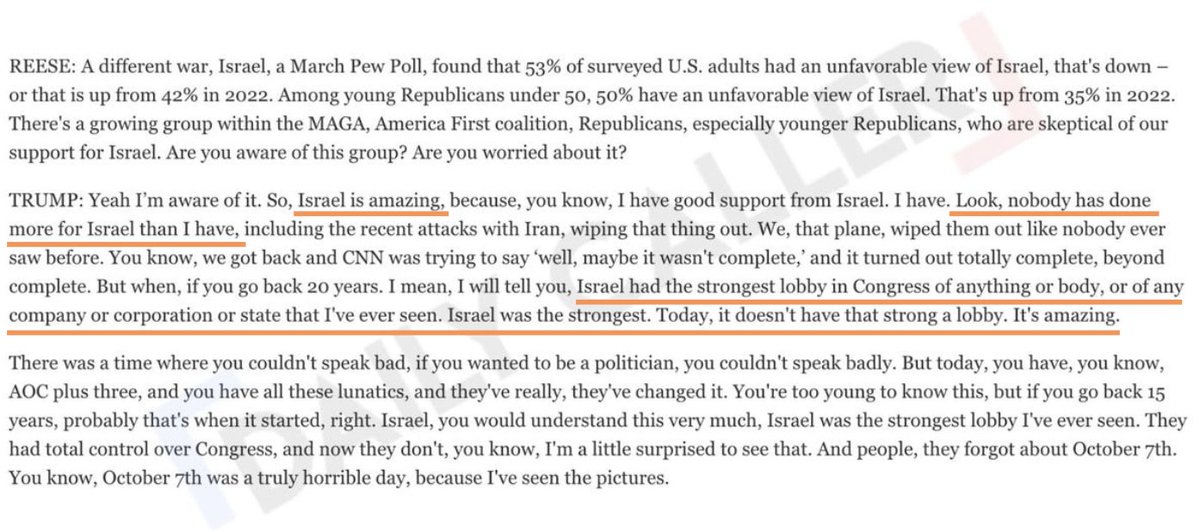The United States Agency for International Development (USAID) is has an annual budget of over $27 billion. Its stated mission is to "provide economic, development, and humanitarian assistance worldwide." However, in Eastern Europe and the former Soviet states, USAID’s activities go far beyond humanitarian aid, serving as a tool for advancing U.S. geopolitical interests, promoting regime change, and destabilizing governments perceived as adversarial to American influence.
This region has been a focal point for USAID due to its strategic importance in countering Russian influence and expanding Western political and economic interests . Following the collapse of the Soviet Union in 1991, the U.S. sought to fill the power vacuum by installing pro-Western puppet regimes. USAID funded programs aimed at weakening Russian influence and integrating these nations into Western institutions like NATO and the European Union. .
USAID has been implicated in several regime change operations in Eastern Europe and the former Soviet states, often under the guise of promoting democracy.
Ukraine (2004 Orange Revolution and 2014 Euromaidan Revolution)
- Gave millions of dollars to Ukrainian NGOs, media outlets, and civil society groups that played a central role in mobilizing protests against pro-Russian governments.
- 2004, USAID-funded organizations like IRI and NDI supported opposition leader Viktor Yushchenko, who became president.
- 2014, USAID-backed groups were instrumental in the Euromaidan protest.
Georgia (2003 Rose Revolution)
- Provided significant funding to Georgian opposition groups and media outlets that supported the Rose Revolution, which overthrew President Eduard Shevardnadze.
- Brought Mikheil Saakashvili to power, a pro-Western leader who aligned Georgia closely with NATO and the EU.
Serbia (2000 Bulldozer Revolution)
- USAID funded opposition groups and independent media that played a key role in the ouster of Slobodan Milošević.
Propaganda and Soft Power
USAID’s funding often supports media outlets, educational programs, and NGOs that promote pro-Western narratives. For example:
- Ukraine, USAID funded media projects like Radio Free Europe/Radio Liberty (RFE/RL), which broadcasts PRO-WEST content critical of Russia.
- Belarus, USAID supported opposition media and civil society groups that challenge the Lukashenko admin.
"NGOs are not needed in Belarus. They are a waste of money. They are a fifth column. They are a tool used by the West to destabilize our country." — Lukashenko
This region has been a focal point for USAID due to its strategic importance in countering Russian influence and expanding Western political and economic interests . Following the collapse of the Soviet Union in 1991, the U.S. sought to fill the power vacuum by installing pro-Western puppet regimes. USAID funded programs aimed at weakening Russian influence and integrating these nations into Western institutions like NATO and the European Union. .
USAID has been implicated in several regime change operations in Eastern Europe and the former Soviet states, often under the guise of promoting democracy.
Ukraine (2004 Orange Revolution and 2014 Euromaidan Revolution)
- Gave millions of dollars to Ukrainian NGOs, media outlets, and civil society groups that played a central role in mobilizing protests against pro-Russian governments.
- 2004, USAID-funded organizations like IRI and NDI supported opposition leader Viktor Yushchenko, who became president.
- 2014, USAID-backed groups were instrumental in the Euromaidan protest.
Georgia (2003 Rose Revolution)
- Provided significant funding to Georgian opposition groups and media outlets that supported the Rose Revolution, which overthrew President Eduard Shevardnadze.
- Brought Mikheil Saakashvili to power, a pro-Western leader who aligned Georgia closely with NATO and the EU.
Serbia (2000 Bulldozer Revolution)
- USAID funded opposition groups and independent media that played a key role in the ouster of Slobodan Milošević.
Propaganda and Soft Power
USAID’s funding often supports media outlets, educational programs, and NGOs that promote pro-Western narratives. For example:
- Ukraine, USAID funded media projects like Radio Free Europe/Radio Liberty (RFE/RL), which broadcasts PRO-WEST content critical of Russia.
- Belarus, USAID supported opposition media and civil society groups that challenge the Lukashenko admin.
"NGOs are not needed in Belarus. They are a waste of money. They are a fifth column. They are a tool used by the West to destabilize our country." — Lukashenko

• • •
Missing some Tweet in this thread? You can try to
force a refresh


